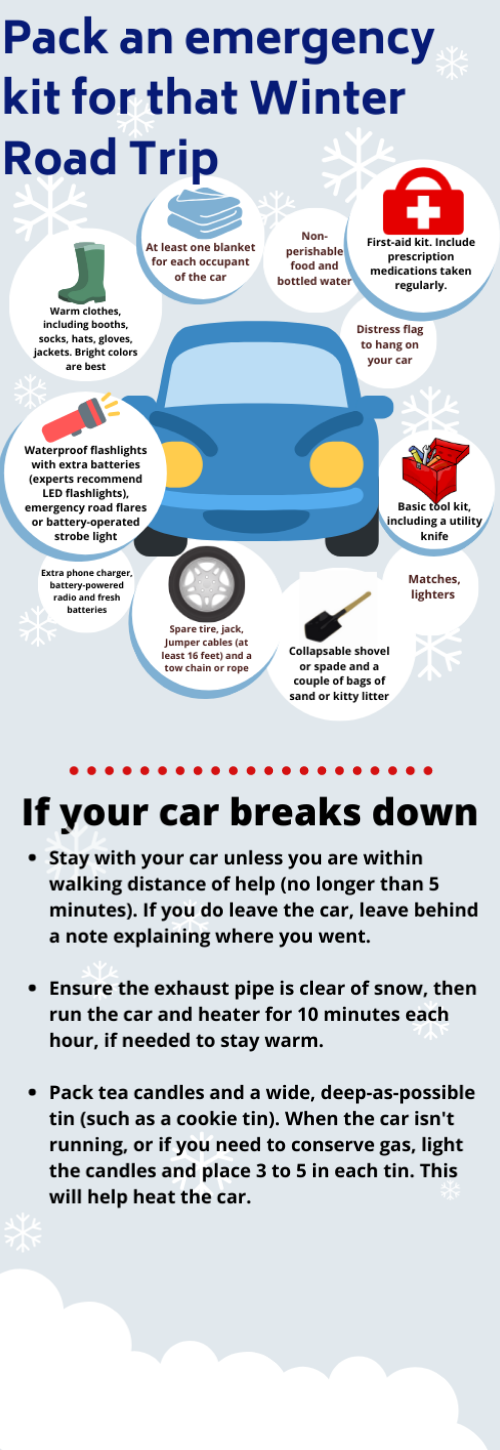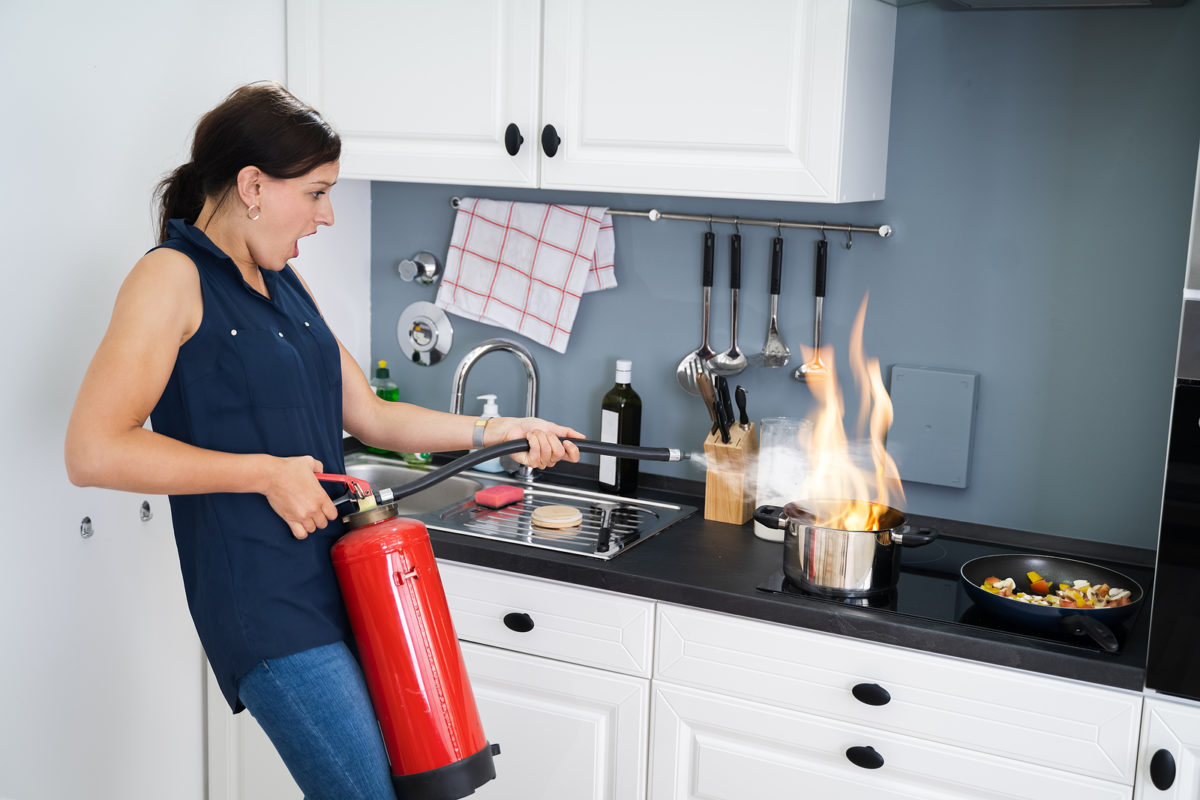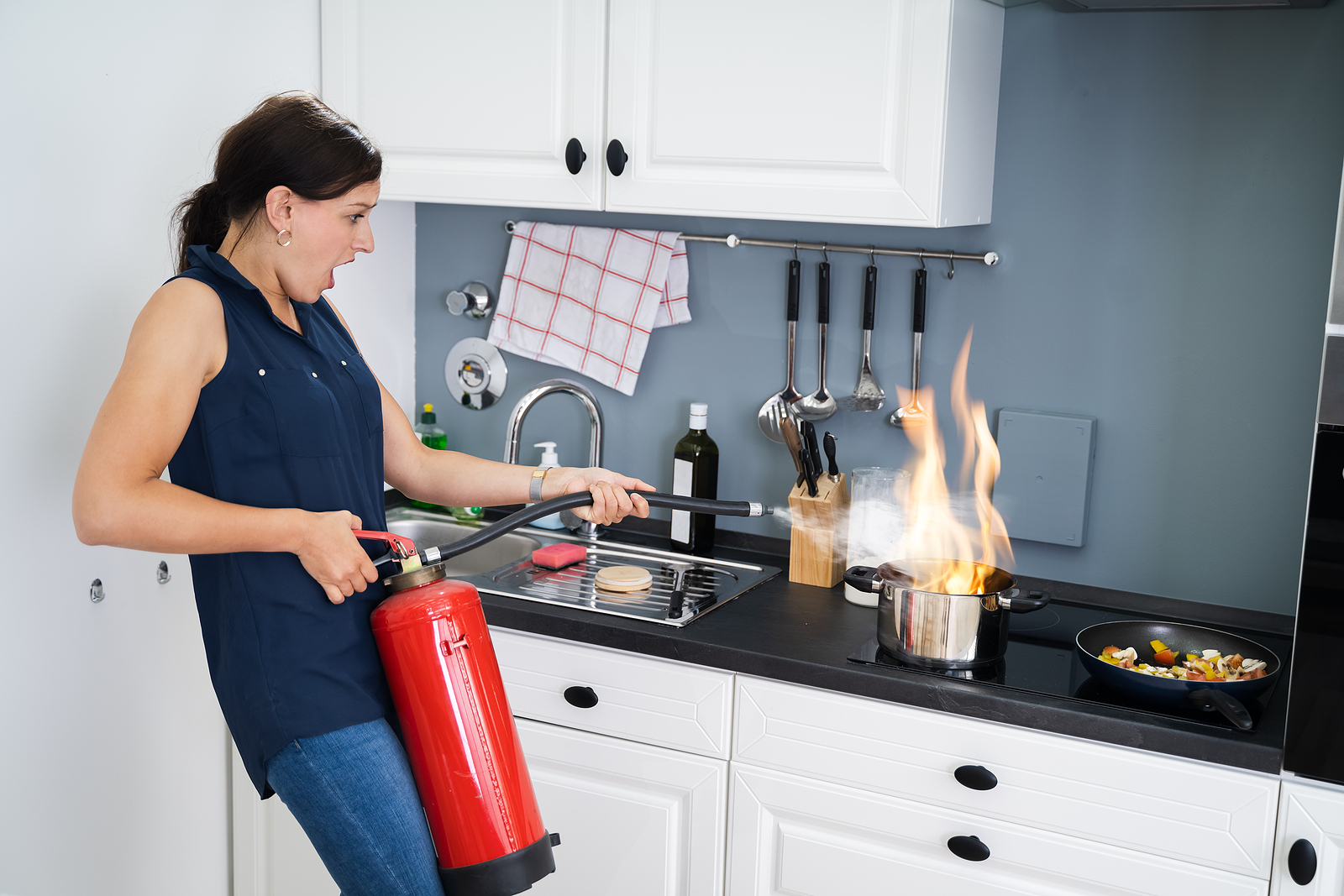Depending upon your outlook, you may enjoy gloomy winter days or you may want to hibernate until spring.
Even that may not be enough to stave off Seasonal Affective Disorder (SAD) or, in plain English, the winter blues. A subclass of depression, bouts can be mild or severe.
Thankfully, tricking your interior clock is all it takes to rid yourself of the blah feeling. Even if you don’t suffer from SAD, winter’s darkness has a way of creeping into the home, making it feel a bit dreary.
So, let’s do something about it. Just a few tricks and your biological rhythm will think you’re sitting on a sunny tropical beach.
Start with the windows
Windows are our homes’ eyes on the world. Maximizing the natural light through those windows is one of the best ways to chase away winter’s dreariness.
First, remove all the window screens. You’d be surprised how much more natural light will flow through those windows when it isn’t impeded by something that’s meant to be used only when windows are open.
Replace them in spring when fresh air becomes more important than natural light.
Heavy drapery is a smart move in winter, acting as insulation against drafty windows. Consider the addition of sheer liners behind them. During those days when you’re at home, throw back the thick curtains and the liners will provide privacy while allowing light to enter the room.
Reflect natural light
Now that you have an increase in natural light streaming through your windows, use it productively by adding reflective accessories in the rooms that require additional light.
Mirrors are ideal for this purpose but you can also use metals, crystal and mirrored accessories to throw light into dark corners.
Finally, consider light-colored slipcovers for your furniture or toss some light-colored pillows onto the sofa and add an attractive complementary-colored afghan.
Consider repainting
“Current research suggests that there is a link between color sensitivity and mood disorders,” according to Teresa M. Kutchma, in the Journal of Undergraduate Research at Minnesota State University, Mankato (Vol. 3, Article 3).
It should come as no surprise that white is “the most reflective color,” states Chris Deziel at sciencing.com.
“When you look around a room, as long as the walls feel bright, the room feels bright,” interior lighting designer Nathanael Washam tells Laura Shinn at seattletimes.com.
“For your brain, the walls are what determines the feeling of brightness.”
And that’s what we need in the dead of winter: to trick our brains into a feeling of brightness.
Painting the interior walls a crisp white is a no-brainer. If you just can’t stomach the sterility that white lends to an entire house, however, choose another light color. The closer you can get to white, the better, but light blue is a brilliant mood lifter, for instance.
Avoid dark shades of blue and the overuse of the color yellow.
Add artificial light sources
This, too, may seem like a no-brainer, but have you considered adding a few new sources of light? Table lamps placed near a reflective surface will ramp up the cheer, and under-cabinet or shelf lighting will cast a warm glow to the area around bookcases and kitchen cabinets.
Fill those new light fixtures with full spectrum light bulbs. These bulbs produce a spectrum of light that is very much like the light spectrum of sunlight. Learn more about them at healthlighting.com.
If all else fails, consider purchasing a light therapy lamp, which “… gives off bright light that mimics natural outdoor light,” according to the experts at the Centers for Disease Control (CDC).
Avoid eye and skin damage by choosing a lamp that emits as little UV light as possible.
The CDC also provides the following “3 key elements for effectiveness:”
- Plan your daily light therapy sessions so that they occur shortly after you wake up.
- Use a 10,000-lux light box placed at a distance of about 16 to 24 inches from your face.
- Each daily session should last 20 to 30 minutes. If your light box has a light with less lumens, check the instructions that come with it to determine how long your sessions should last.
If you suffer from seasonal affective disorder, talk to your health care provider about the treatment options that are best for you.


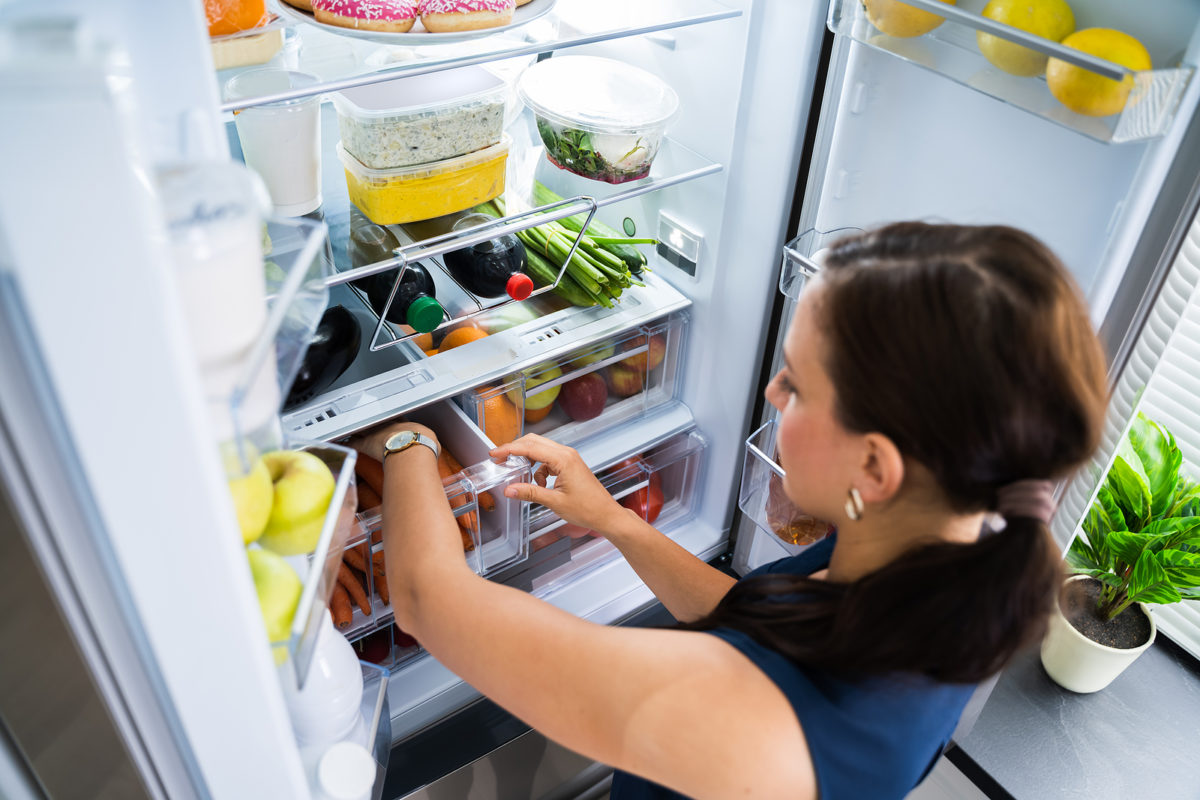
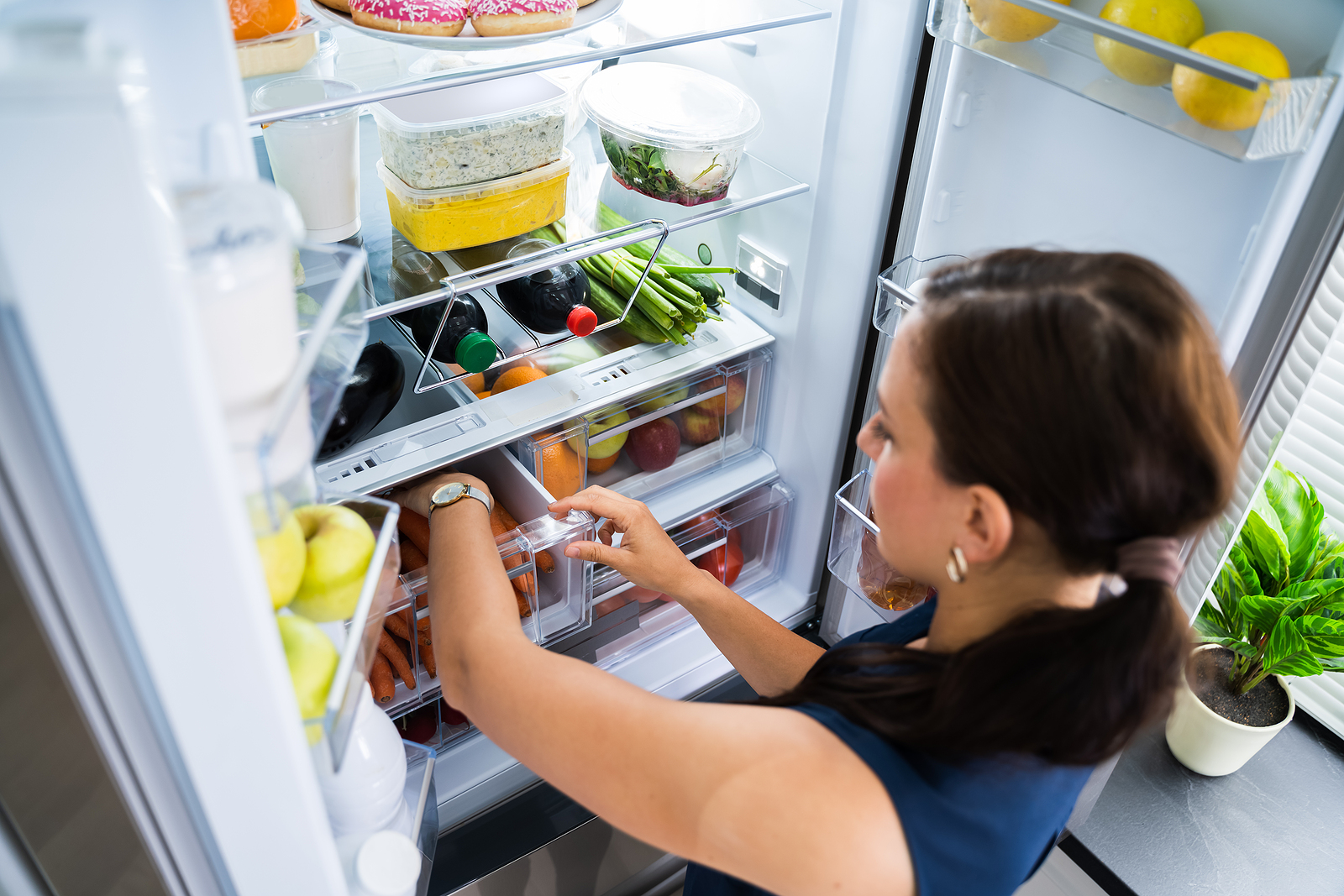





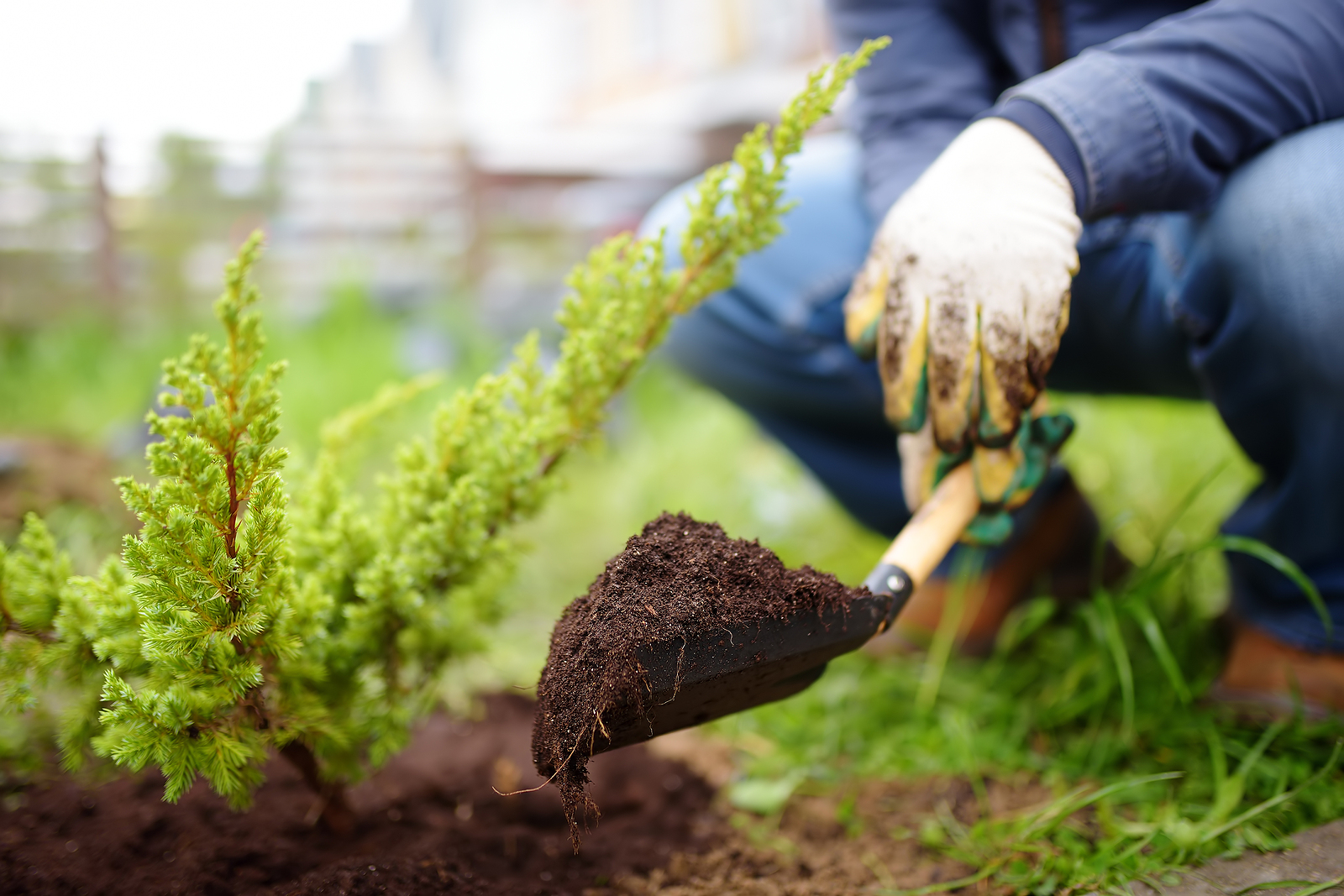



 By Joshua Mayer from Madison, WI, USA,
By Joshua Mayer from Madison, WI, USA, 



